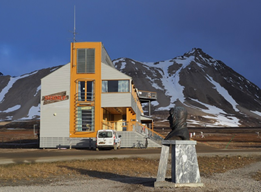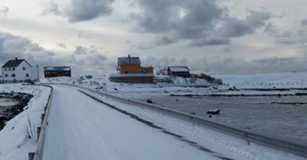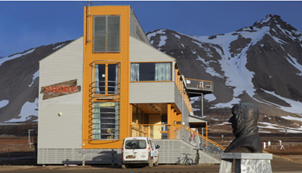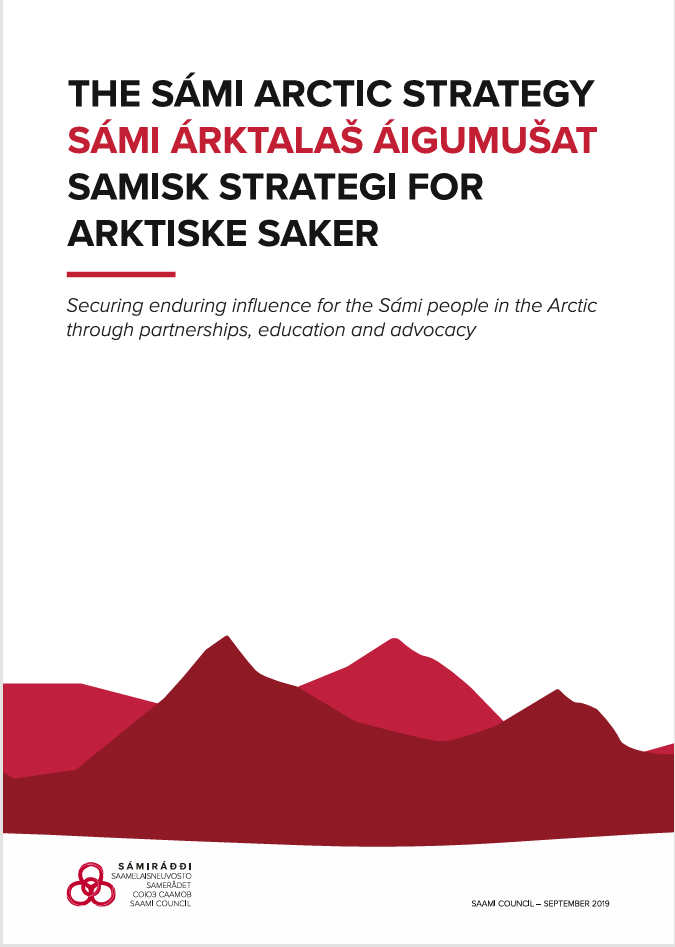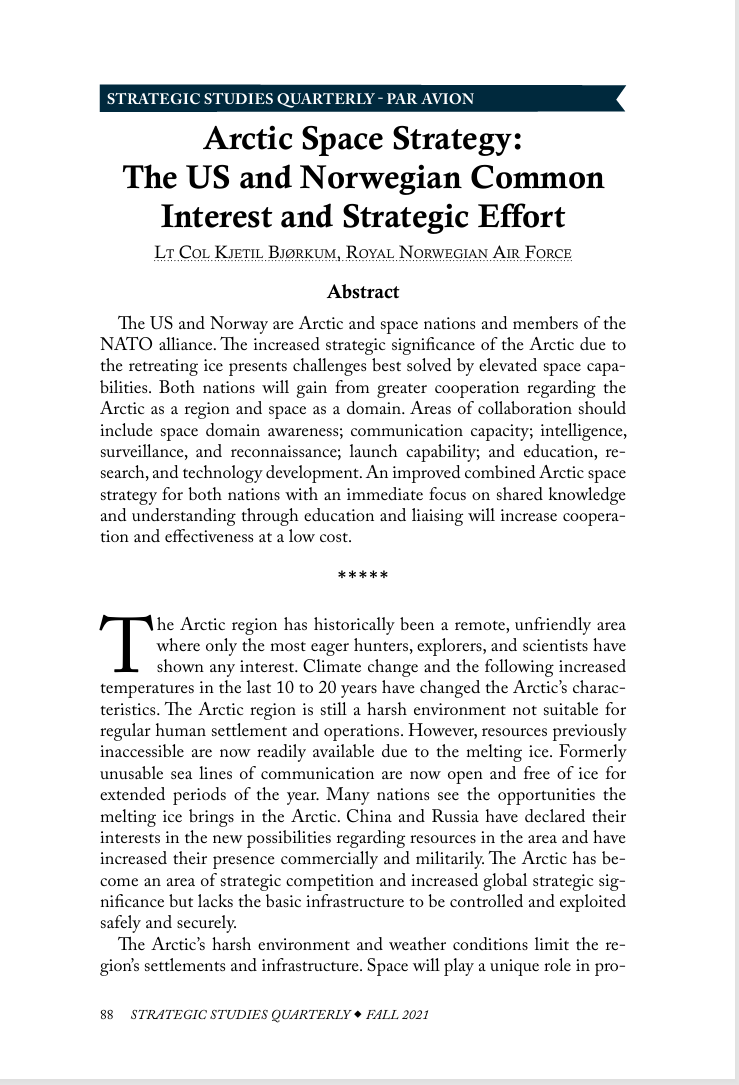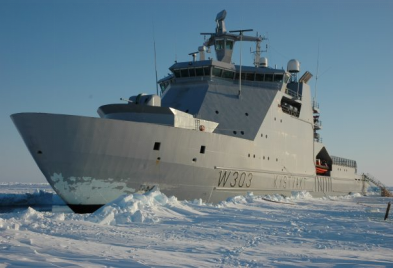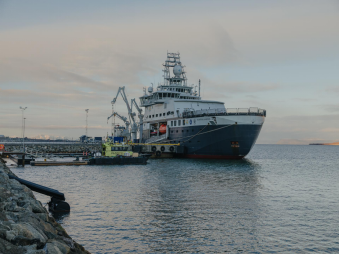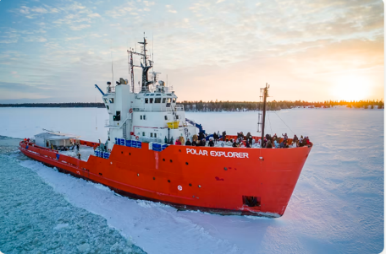Norway maintains several research stations in the Arctic, particularly in Svalbard, which serve as crucial hubs for international scientific collaboration. These stations focus on various aspects of Arctic research, from climate change to atmospheric studies.
1. Ny-Ålesund Research Station
Ny-Ålesund Research Station - INTERACT
Location: Svalbard Archipelago
Focus: Atmospheric, climate, and environmental studies
Key Features:
- One of the world's northernmost year-round research stations
- Hosts international scientists from multiple countries
- Multiple international institutes have facilities here
2. Tromsø Geophysical Observatory
Location: Tromsø, Norway
Affiliation: University of Tromsø – The Arctic University of Norway
Focus: Space weather, geomagnetism, and atmospheric studies
Key Features:
- Monitors Earth's magnetic field and solar wind interaction
- Essential for understanding auroras
- Contributes to space weather forecasting
3. Andøya Space Center
Location: Andøya Island, northern Norway
Affiliation: Andøya Space (private company with government involvement)
Focus: Atmospheric and space research
Key Features:
- Hub for satellite tracking and space weather research
- Studies climate change in the Arctic
- Advanced facilities for atmospheric monitoring



